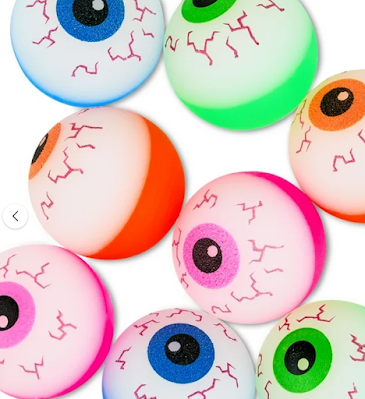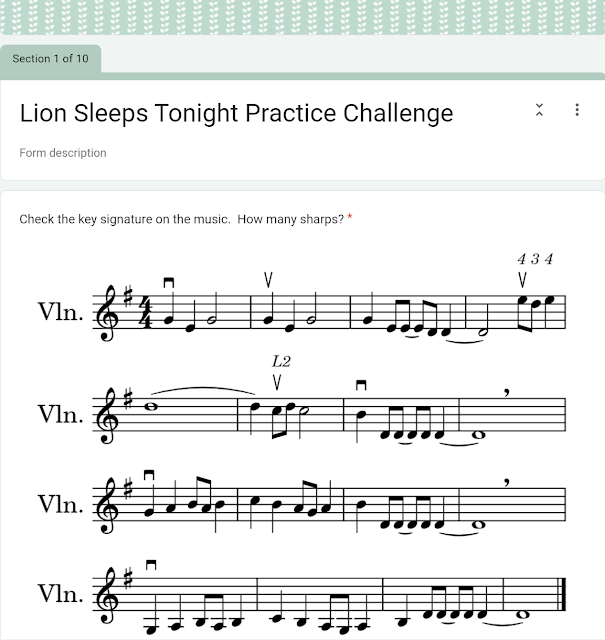Get FLAT for EDUCATION accounts for you and your students HERE!
I love Flat for Education. There are so many ways to use it as teacher! I can't imagine not having it. I've been purchasing student accounts for each one of my students every year for the past 3 years. At first, I had students login occasionally to play around with notation, composition, or complete a rhythm assignment. The more I use Flat, the more uses I find for my students. This year when I announced to my students that I purchased them Flat accounts, they cheered and thanked me! Flat has helped me inspire students to create, explore notation, enter composition contests, and practice more. And student accounts are a great price...only $4 for an entire year.
How do I have time to use this in my beginning and year 2 classes? Well, every Thursday, I use 20 minutes of class as 'FLEX TIME.' That is when I pass out missing work to help students raise their grades and give some students extra help when needed. Most students do not have missing assignments, so I want to give them worthwhile things to do during that 20 minutes. It is the perfect time for students to use Flat....for creating. learning, OR practicing!
Here is how I have used Flat for Education with my students so far this year:
1. Have students explore music composition (and develop music notation/note reading skills) by experimenting with various instruments and sounds.
In my school district, we use Canvas and Flat.io integrates wonderfully with Canvas (and Google Classroom if you use that). Students simply click on assignments I create in Canvas and it automatically connects to the accounts I purchased for them.
For their first assignment, I showed students a simple composition I wrote using Flat (where I used some Star Wars sound effects...it's one of the instrument choices!). I demonstrated a few basics...like how to choose instruments and add notes to the score. Then I turned students loose and let them explore and create without any strict composition rules. This is how students were able to become familiar with the program. It's quite intuitive, so even my beginners picked it up very quickly. When I introduced this program to my beginners this year, they hadn't learned to read notes, yet. That did not hold them back at all! They explored how the staff worked...how to make notes higher and lower using the arrow keys. They played around with various rhythms and they were able to listen to their creations to hear how changes in notes/rhythms/articulations symbols work. They were SO proud of their compositions and wanted me to hear each one! They wanted to create for an entire class period, so I let them. ;)
Here's a sample from a student:
Students were so excited about their composition they wanted to do more! Many have spent time on Flat home because they enjoy it so much. I noticed many of their compositions were pretty random...with no real melodic elements. So...that gave me an idea for our next assignment...
2. Students were required to write a piece of music THEY could play on their instruments. I gave them specific parameters for their compositions. They had to write music for the instruments they play in my class. They had to make their composition at least 8 measures. They had to change the key signature to 2 sharps (I showed them how and helped them set up their score). They had to begin and end their piece with the pitch D and could only use 4 rests total. They had to only use quarter notes or half notes (rhythms they could play).
The result? Students made melodies. They created something they could play right then on their instruments. They put on headphones and played along. If they couldn't play it fast enough, they adjusted the tempo. What a way to have students work on notes and intonation! Since my beginners don't really know notes, yet, I have taught them how to have Flat put the note names in the note heads.
Here's a sample of student work from this assignment:
3. Students put music into flat as a tool to learn notes and practice/play along
Since we did the previous assignments, some students have found melodies/songs they want to learn to play and put the notes into flat. They change the note heads to include note names and they have been motivated to practice all sorts of music!
Some of my 'advanced' beginners have been learning a challenging version of Twinkle Twinkle. Some of my new beginners put the notation of the advanced part into Flat to see the note names...and have learned the advanced part. They adjust the tempo and play along.
My beginners are performing 2 pieces I wrote using Flat for our next concert: Spooky Night and Tip Toe in the Dark. I shared the scores with my students using Flat and they can view their part and play along with the recordings. They love practicing that way...and it helps them practice maintaining a steady tempo. Sometimes we play along with the audio in class, too! My students have learned how to show just their own instrument in the score so they can focus on their own part. Also, they can adjust the volume options to isolate their part as needed.
4. Students build triads and write a melody using notes from the triads.
A couple years ago, Christian Howes visited my program and had students work with 'chord stacks' to play variations of a familiar tune. Students chose what notes to play by looking at the chord stacks. This inspired me to create a composition activity for my year 2 players. First, I made a simple chord progression (the same from Canon in D). I used whole notes and built only the root of each chord. I then taught students how to build triads (I called them snowmen at first..haha) on top of the root. After they built the triads, I taught students how to add an instrument to their score and write a simple melody using only the notes from the triad. My students were AMAZED that this worked to help them create music that sounded good! Previously, they had explored writing music with Flat, but they had a hard time creating parts for more than one instrument that sounded harmonious. Their compositions sounded awesome. Several students came up to me after class and said, "Thank you SO much for teaching us triads! I am so excited to write more music!"
Here's a sample of student work:
My school has a Reflections contests sponsored by the PTA (as many districts do across the country). Students are allowed to submit a music composition. These few lessons we did in class inspired students to enter that contest. Many students are working on creating music to play with friends. They are thinking more about chords and harmonic structure.
After these few assignments, students have a better understand of how the staff works. I can keep teaching elements of composition and form to help them continue their learning of the language of music.
Get accounts for you and your students HERE!


















.jpeg)


























.png)




